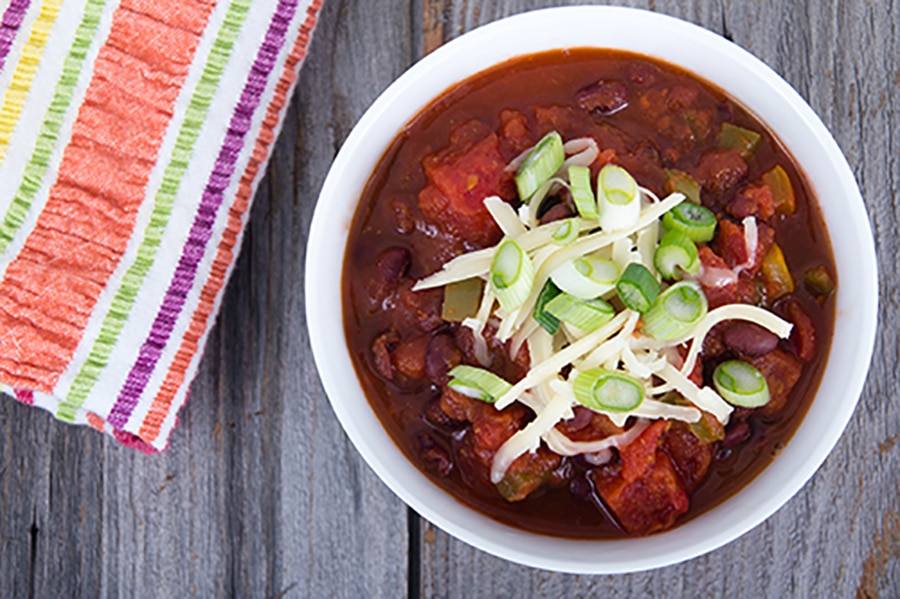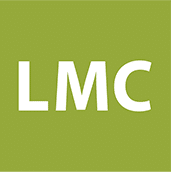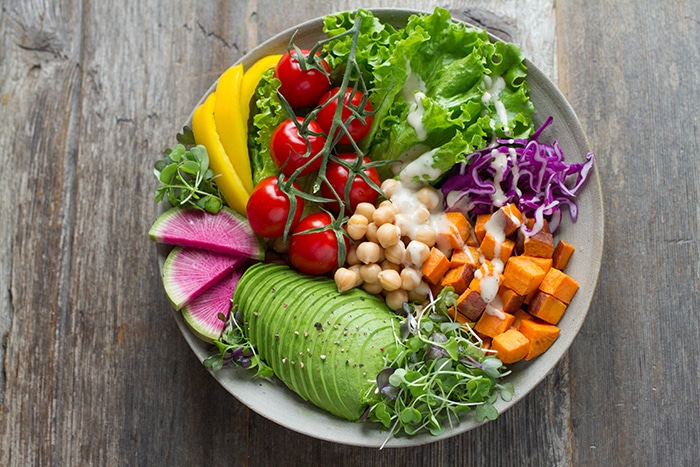Many people nowadays are choosing to follow a vegetarian or vegan diet for a variety of different reasons. Some choose to do so for environmental sustainability, some for animal protection, and some for health reasons. Regardless of the reason, people who are vegetarians typically do not eat any meat or products made with meat, and may or may not eat dairy, eggs, fish, or poultry. People who are vegans typically do not eat any foods that are or contain animal products. How does vegetarianism relate to diabetes?
Are Vegetarian or Vegan Diets Safe for People with Diabetes?
Yes they are! Research has shows that vegetarian diets can help prevent and manage diabetes. Since vegetarian and vegan diets are high in plant-based foods such as vegetables and legumes, they are naturally higher in fibre, and lower in saturated fat when compared to a traditional North American diet. Fibre can help you feel full for longer periods of time after eating. This can help you eat less overall and promote weight loss, and can help stabilize your blood sugars control. Fibre can help you eat less and promote weight loss, stabilize blood sugars, and protect against CVD.
What Should I Pay Attention to If I’m Following a Vegetarian or Vegan Diet?
If you do choose to follow a vegetarian diet, make sure to eat a variety of vegetables, fruits, beans and lentils, whole grains, nuts, and low-fat dairy products and eggs (if you do consume dairy and eggs). Having a variety of these foods will help ensure that you are getting enough nutrients. Some specific nutrients to look out for are:
-
Protein: Some people find it more difficult to eat enough protein without consuming meats, poultry, fish, and seafood. Make sure to eat enough protein by eating a variety of vegetarian protein sources such as legumes (beans, lentils, and peas), soy products, nuts, seeds, milk products, eggs, and whole grains.
-
Omega 3 Fats: These kinds of fats are important in promoting heart health, and are found mainly in fish and seafood, and. If you are not eating fish and seafood, consume vegetarian sources of omega-3 fats such as walnuts, flaxseed, canola oil, soybean oil, and omega-3 fortified foods, like eggs, tofu and plant-based milks.
-
Iron: Iron is a mineral that helps carry oxygen around your body. Vegetarians need about twice the amount of iron than non-vegetarians because our bodies do not absorb the iron from plant foods as well as the iron in meats. Some vegetarian sources of iron include: legumes, pair iron-rich plant foods with vitamin c to increase absorption, including citrus fruits, tomatoes, bell peppers, and broccoli.
-
Vitamin B12 : Vitamin B12 works to keep our blood and nerves healthy, and are only naturally available in animal foods. If you are a vegetarian that eats eggs and dairy, you should be getting enough Vitamin B12. However, if you are following a vegan diet, you may need a Vitamin B12 supplement. Some plant-sources of Vitamin B12 include: fortified beverages like soy or unsweetened almond milk and fortified nutritional yeast.
Should I Become a Vegetarian or Vegan?
If you are interested in these diets, speak to a Registered Dietitian! However, if you are not particularly interested in a vegetarian or vegan diet, there is no need for you to become one. Dietary patterns that include meats and animal products can be healthy for people with diabetes as well – given that you are making overall healthy choices in your diet, such as choosing leaner cuts of meat. You can also try including more plant-based foods in your diet, without completely cutting out meats. Some people like to have a “Meatless Monday” were they spend one day a week eating meat-free meals. The choice is yours!!

Try this flavourful vegetarian chili recipe filled with legumes that are high in protein, fibre, and iron!
Vegetarian Chili
Makes 6 – 8 servings (Retrieved from: https://www.theendlessmeal.com/easy-vegetarian-chili-recipe/)
INGREDIENTS:
-
2 tablespoons oil
-
1 large onion, diced
-
4 cloves of garlic, finely minced
-
1-3 tablespoons chili powder
-
2 tablespoons of cumin
-
1 teaspoon oregano
-
1/4 – 2 teaspoons of chili flakes
-
2 bell peppers, diced
-
2 medium carrots, diced
-
3 celery stalks, diced
-
2x 28oz cans of whole tomatoes and their juice
-
2x 15-ounce cans of beans, drained and rinsed
-
2 cups of frozen corn
-
Salt, to taste
-
Optional toppings: sour cream, cheddar cheese, cilantro, diced avocados or green onion
INSTRUCTIONS:
-
Heat oil in a large pot over medium-high heat. Add onion and garlic, and sauté for about 3 minutes. Add chili powder, cumin, oregano, and chili flakes and stir for about 30 seconds.
-
Add the peppers, carrots, and celery and cook for about 5 minutes, or until they just start to soften. Add tomatoes and their juice and bring to a simmer. Once the chili begins to simmer, reduce the heat to medium-low and simmer at medium-low with the lid off for 20 minutes, stirring occasionally.
-
Add beans and corn, and let the chili return to a simmer. Cook for 5 more minutes or until the corn and beans have heated through. Salt to taste.
-
Serve on its own or topped with one (or all!) of the delicious toppings.

